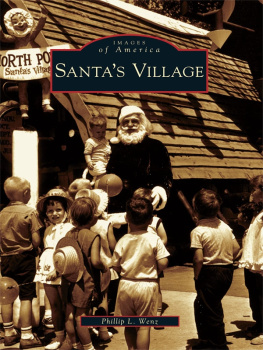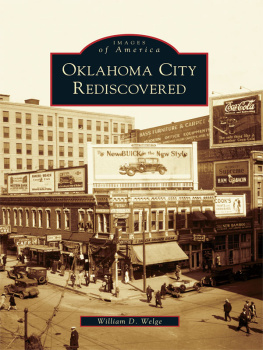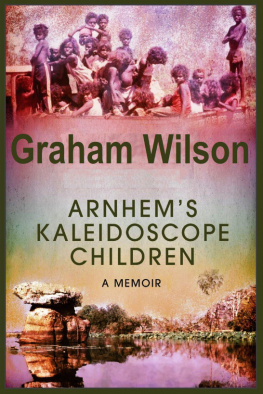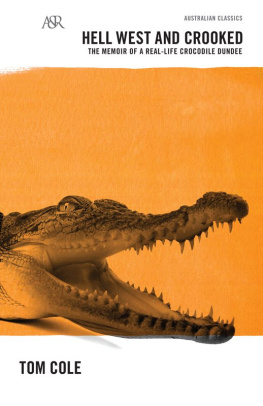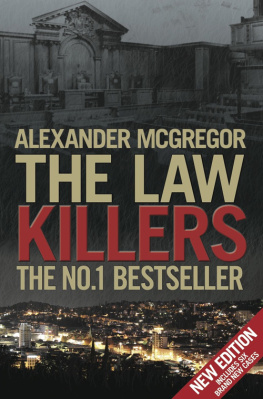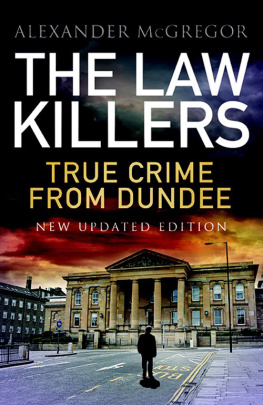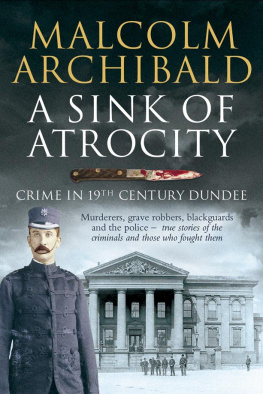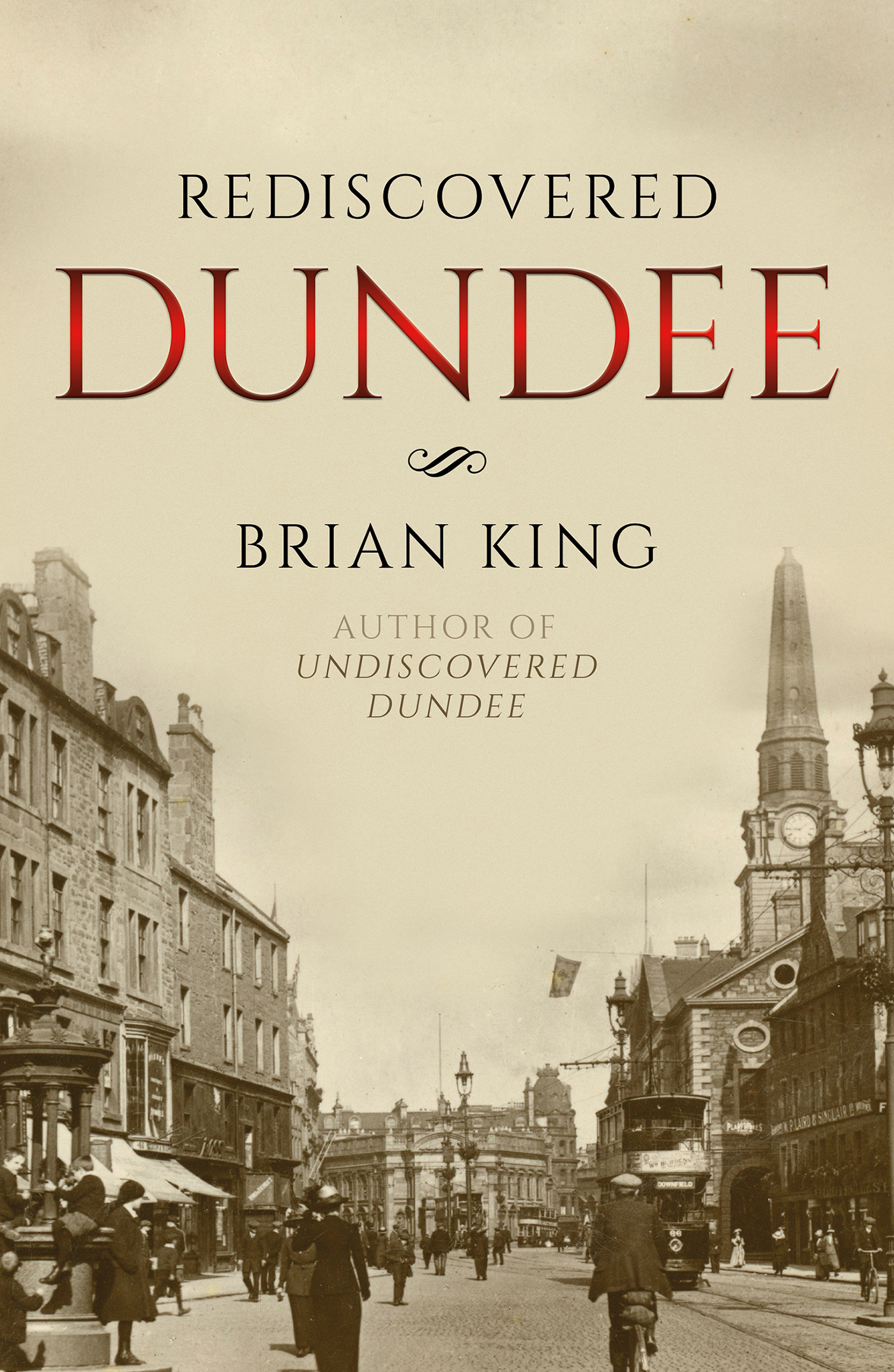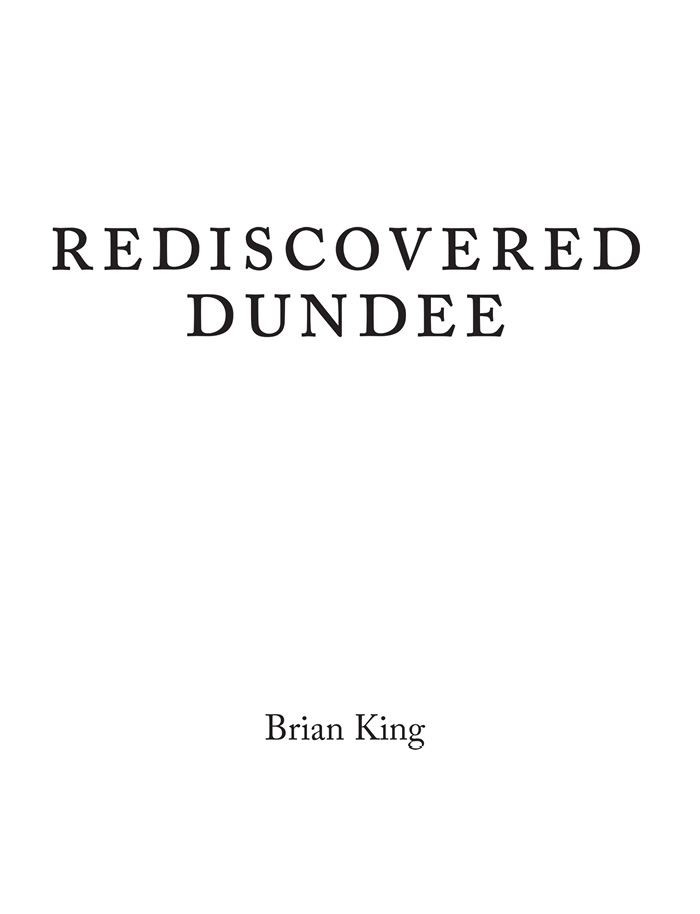Copyright 2020 Brian King
The moral right of the author has been asserted.
Apart from any fair dealing for the purposes of research or private study, or criticism or review, as permitted under the Copyright, Designs and Patents Act 1988, this publication may only be reproduced, stored or transmitted, in any form or by any means, with the prior permission in writing of the publishers, or in the case of reprographic reproduction in accordance with the terms of licences issued by the Copyright Licensing Agency. Enquiries concerning reproduction outside those terms should be sent to the publishers.
Matador
9 Priory Business Park,
Wistow Road, Kibworth Beauchamp,
Leicestershire. LE8 0RX
Tel: 0116 279 2299
Email: books@troubador.co.uk
Web: www.troubador.co.uk/matador
Twitter: @matadorbooks
ISBN 9781838597627
British Library Cataloguing in Publication Data.
A catalogue record for this book is available from the British Library.
Matador is an imprint of Troubador Publishing Ltd
For my sister Maureen and all
my family in Dundee
Contents
Introduction
In September 1844, Queen Victoria and her consort, Prince Albert, arrived at Dundee docks. A temporary wooden arch was erected for the occasion and in commemoration of their visit a permanent decorative stone arch was constructed a few years later. It might have been thought that this structure would, in common with the triumphal arches that have been constructed around the world since Roman times, become a treasured monument and immune to developments around it but after standing for more than a century, Dundees Royal Arch was demolished.
Whatever differing views might have been taken of its architectural merit, or whatever criticism might have been made (as with all such structures) of its lack of any real practical function, when it was removed the Royal Arch became symbolic of what happened to Dundee from the 1960s onwards. The destruction of a part of the citys history with no apparent serious consideration of alternatives or thought for the consequences was reflected in other demolitions across the city. Also, as the gateway to Dundees central docks, the archs removal was part of the process that saw these docks filled in and the city centre separated from the River Tay by a no-mans land of roads, raised pedestrian walkways and the approaches to the Tay Road Bridge.
It is perhaps fitting then, that the symbol of the redevelopment of this area and the rediscovery of the relationship of the city to the river the V & A Museum of Design should commemorate the names of Victoria and Albert. The V & A sits at the heart of a waterfront development that has adopted a long-term view of the citys future while respecting its past and taking advantage of its unique setting. In many ways the views that prevail in Dundee today are the antithesis of the mindset that saw the Royal Arch reduced to rubble.
If Dundee can be confident of its future, then, it can also be sure that there is an interesting past just waiting to be rediscovered. Rediscovered Dundee is an anthology of stories from that past. Many will be unfamiliar, it is hoped, having been uncovered during the research for this book, which returned to original documents and contemporary reports in an effort to uncover some of the citys less well-known people and events. Even in the case of the more familiar stories that have been included, it is hoped that at least some information has been added that is new to most readers.
The story of any city is the story of its people, and this book features accounts of the lives of some Dundonians whose names have been long absent from the history books. Their adventures which sometimes took them far from the city might have been well known by their contemporaries but have been forgotten over time. Their names might not be commemorated in plaques or statues or street names but at least their stories can be rediscovered.
One person whose name is commemorated in Dundee is the missionary Mary Slessor, after whom Slessor Gardens, part of the waterfront redevelopment, is named. When work was being undertaken to lay out the gardens, the foundations of the Royal Arch were rediscovered, and the archs site is now marked on the ground. There are other places in the city where physical relics of the past are still visible, but sometimes the stories of how they came to be there have been forgotten. This book also seeks to rediscover those stories.
Sometimes, of course, stories are all we have and local myths have grown up and have been passed on down the years. Here, of course, what we are trying to rediscover, if possible, is the truth.
Just as a hidden history is waiting to be rediscovered, so Dundee itself is being rediscovered by people from elsewhere as tourists, drawn by the V&A find that the city has much more to offer. For a long time, it seemed that many thought there was no real reason to visit Dundee. Tourists from all over the world, it appeared, would visit the home of golf in St Andrews without bothering to make the short journey north to the city. This was not always the case, however, and part of this book looks at the visits of various people through the years. For some, such as many of the music hall artists or other travelling performers discussed, Dundee would have been just another stop on the road, someplace that perhaps they would not even remember having been. In cases such as these, the interest is in the impact that their visit had on the city at the time, or indeed, with the passage of time, in uncovering the fact that they ever set foot there. In other cases, a visit to Dundee would be the setting for an important or memorable episode in their lives.
There have been calls from some to rebuild the Royal Arch as a symbol of Dundees renewal and as, in some way, a reclamation of the citys lost inheritance. While its destruction might be seen by some as regrettable and a rebuilt arch would be an interesting curiosity, it would also incur much expense and, having lost the context of the docks, would be completely bereft of any purpose it once had. Dundee has a new symbol in the V & A museum and one which, while it curates the past, is itself the symbol of the citys future. The past cannot be brought back but it can be rediscovered.
1
Arrival
One day, early in the second decade of the twenty-first century, your train pulls into Dundee station. You step onto the platform. There is nothing remarkable to see. You are standing in a Victorian railway station of a type found throughout the country. Arrivals and departures go on as they have done for more than a century.
You walk along Platform One towards the exit and look along the track, but all you can see is the entrance to a dark tunnel. You enter the brightly lit main concourse, which is enclosed in a modern structure of glass and metal. On passing through the automatic ticket barrier you are confronted with a steep staircase. You walk up the stairs. Twenty-first-century health and safety concerns are reflected in signs with the words Do not run on the risers of some of the steps. A disembodied voice reminds you to hold the handrail at all times.
Emerging from the station, you find yourself in a nondescript car park. You look around. You see the RRS Discovery berthed in the Tay at the quay which bears its name, but it is perhaps the only thing of interest in the vicinity. The other things that catch your eye are mainly uninspiring buildings such as the Olympia Leisure Centre. The multi-storey office block Tayside House dominates the skyline and creates a sun-starved passageway between itself and the back of the Caird Hall. Elsewhere, you notice that there seem to be a lot of roadworks in progress. Welcome to Dundee.



